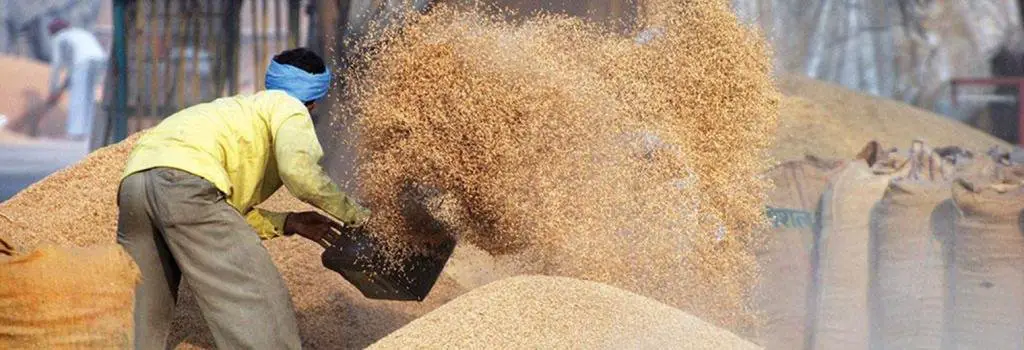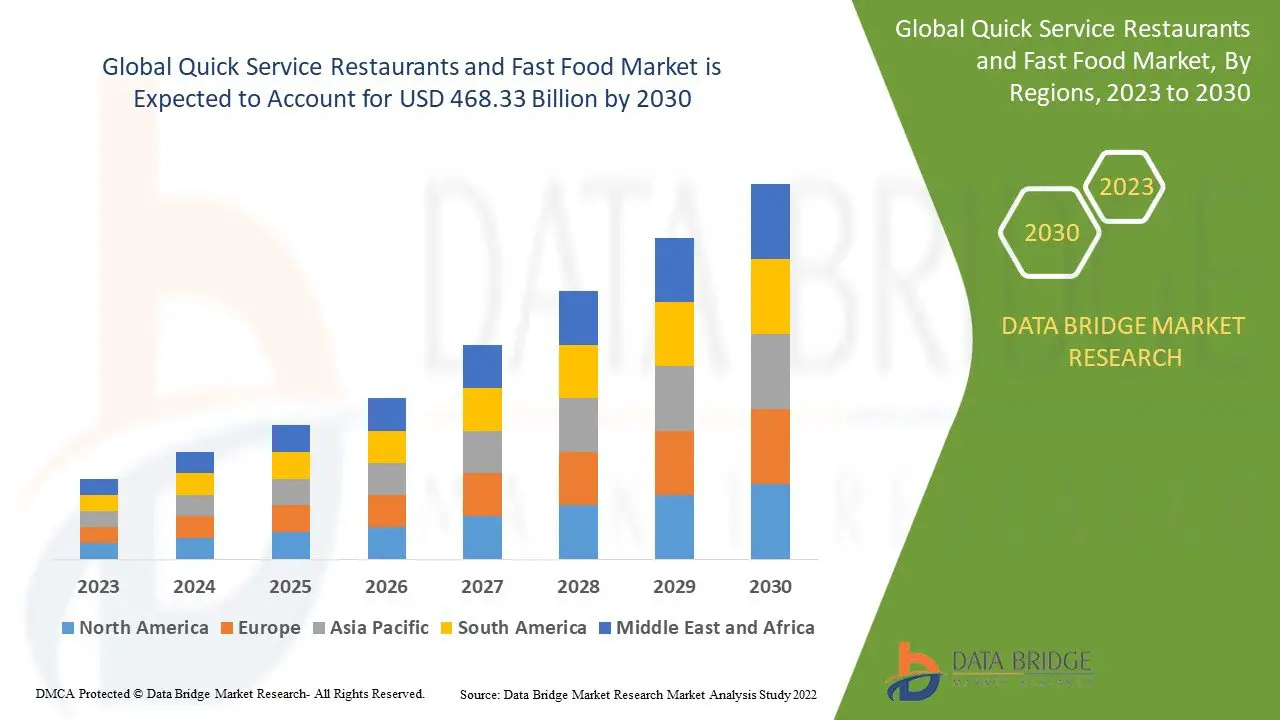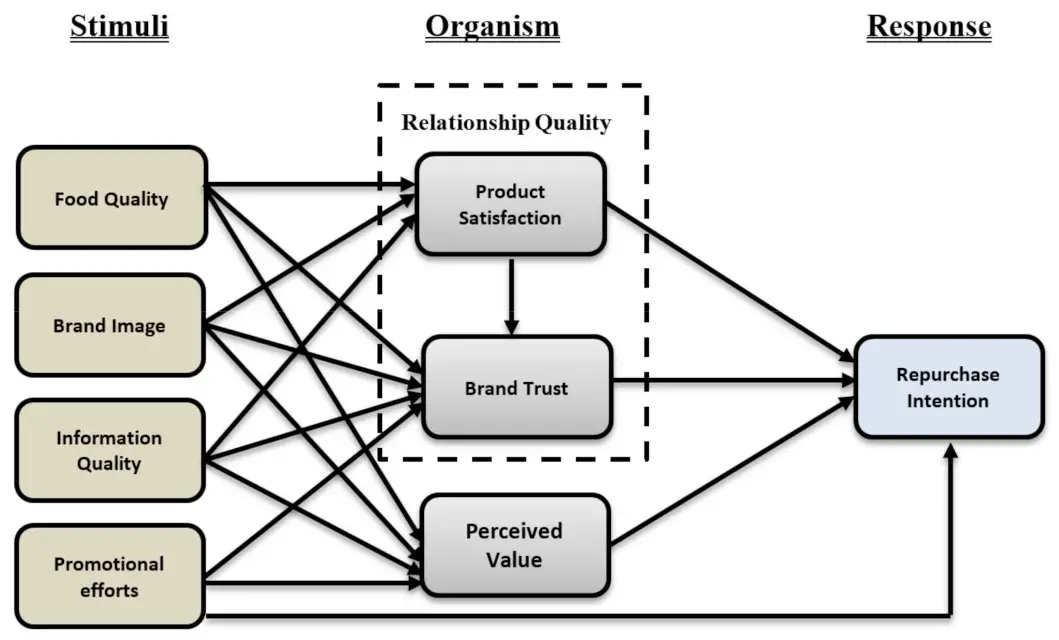Bangladesh, a country with a rich agricultural heritage, has consistently strived to achieve self-sufficiency in food production. So, is Bangladesh self sufficient in food production? In short, the answer is yes. Despite its limited land resources and densely populated areas, Bangladesh has made significant progress in ensuring its citizens have access to an adequate food supply. With innovative approaches, advancements in technology, and a strong emphasis on sustainable agriculture, Bangladesh has been able to overcome numerous challenges to meet the nutritional needs of its population. In this article, we will delve into the factors that have led to Bangladesh’s impressive self-sufficiency in food production and explore the strategies that have allowed the country to maintain this status.
Is Bangladesh Self-Sufficient in Food Production?
Food security is a pressing concern for any nation, and Bangladesh is no exception. As a densely populated country in South Asia, Bangladesh faces significant challenges when it comes to meeting the food requirements of its population. In recent years, the country has made significant progress in improving its agricultural sector, but the question remains: Is Bangladesh self-sufficient in food production?
The Agricultural Landscape in Bangladesh
Bangladesh is predominantly an agrarian society, with a large portion of its population engaged in agriculture. The country’s fertile land and favorable climate have traditionally supported the cultivation of crops such as rice, jute, wheat, and vegetables. The agricultural sector plays a crucial role in the country’s economy, contributing to employment, GDP growth, and exports.
However, despite its agricultural strengths, Bangladesh still faces several challenges that hinder its ability to achieve self-sufficiency in food production. These challenges include:
- Population Growth: Bangladesh has one of the highest population densities globally, making it challenging to produce enough food to feed its growing population.
- Limited Arable Land: The availability of arable land is limited due to urbanization, industrialization, and the growing need for infrastructure development.
- Climate Change: Bangladesh is highly vulnerable to the adverse effects of climate change, including extreme weather events such as floods, droughts, and cyclones. These events can significantly impact agricultural productivity.
- Water Management: Ensuring proper irrigation and water management is crucial for agriculture, but Bangladesh faces issues related to water scarcity, uneven distribution, and inefficient irrigation practices.
- Technological Advancements: The adoption of modern agricultural technologies and practices has been relatively slow in Bangladesh, limiting productivity and efficiency gains.
Rice Production and Food Security
Rice is the staple food of Bangladesh and a significant determinant of its food security. The country has made remarkable progress in rice production over the years, thanks to improved varieties, better irrigation facilities, and increased mechanization. However, despite these advancements, Bangladesh still faces occasional rice shortages.
The country’s self-sufficiency in rice production can fluctuate depending on various factors, including weather conditions, pests, diseases, and the availability and affordability of inputs such as fertilizers and pesticides. Additionally, changing dietary patterns and increasing demand for non-staple food items like meat, fish, and vegetables put additional pressure on the agricultural sector to diversify production.
Efforts have been made to boost rice productivity and achieve self-sufficiency. Some of these initiatives include:
- Development of High-Yielding Varieties: The Bangladesh Rice Research Institute (BRRI) has developed high-yielding rice varieties that are more resilient to pests, diseases, and adverse weather conditions.
- Expansion of Irrigation Facilities: The government has invested in expanding irrigation facilities, including the construction of deep tube wells, to ensure adequate water supply for rice cultivation.
- Subsidies and Incentives: The government provides subsidies and incentives to farmers for adopting improved agricultural practices, using quality seeds, and availing necessary inputs.
- Research and Development: Ongoing research and development efforts focus on breeding new rice varieties, improving soil fertility, and enhancing crop management practices.
Diversification of Agricultural Production
While rice remains crucial, there is an increasing recognition of the need to diversify agricultural production in Bangladesh to enhance food security. Diversification can help reduce dependency on a single crop and provide a more balanced and nutritious diet for the population.
Efforts to diversify agricultural production include:
- Encouraging Crop Rotation: Promoting crop rotation can help improve soil health, reduce pests and diseases, and enhance overall productivity.
- Supporting Cash Crops: The government provides support and incentives for cultivating cash crops like vegetables, fruits, spices, and oilseeds. These crops not only contribute to food security but also generate income for farmers.
- Promoting Livestock and Fisheries: The livestock and fisheries sectors have significant potential for growth and contribute to food security through the production of meat, milk, eggs, and fish.
Government Initiatives and Policies
The government of Bangladesh recognizes the importance of achieving self-sufficiency in food production and has implemented various initiatives and policies to address the challenges. Some notable initiatives include:
- Agriculture Extension Services: The government provides extension services to farmers, educating them about advanced agricultural practices, pest management, and optimal use of resources.
- Subsidies and Credit Facilities: Farmers are eligible for subsidies and credit facilities to improve access to inputs, machinery, and technologies essential for enhancing productivity.
- Investment in Research and Development: The government allocates funds for agricultural research and development to promote innovation, improve crop varieties, and address emerging challenges.
- Climate Change Adaptation: Bangladesh has developed a climate change action plan that focuses on agriculture and aims to enhance resilience, promote sustainable practices, and minimize production losses caused by climate change.
The Way Forward
While Bangladesh has made significant strides in improving food production and achieving self-sufficiency, there is still work to be done. To ensure long-term food security, the following areas need to be prioritized:
- Investment in Technology: Embracing modern agricultural technologies, precision farming techniques, and mechanization can lead to higher productivity, efficient resource utilization, and reduced losses.
- Infrastructure Development: Improving rural infrastructure, including roads, storage facilities, and market access, is crucial for efficient agricultural operations, reducing post-harvest losses, and ensuring fair prices for farmers.
- Capacity Building: Enhancing farmers’ skills and knowledge through training programs and workshops can empower them to adopt best practices, mitigate risks, and maximize yields.
- Improved Water Management: Investments in irrigation infrastructure and efficient water management practices can enhance agricultural productivity, particularly in water-stressed regions.
- Promotion of Sustainable Practices: Encouraging sustainable agricultural practices, such as organic farming, integrated pest management, and conservation agriculture, can help protect the environment, improve soil health, and reduce dependence on chemical inputs.
By addressing these key areas, Bangladesh can move closer to achieving self-sufficiency in food production and ensuring food security for its growing population.
ADB Report-Bangladesh Achieved Self Sufficiency in Food Production
Frequently Asked Questions
Frequently Asked Questions (FAQs)
Is Bangladesh self-sufficient in food production?
Yes, Bangladesh has made significant strides in becoming self-sufficient in food production.
How has Bangladesh achieved food self-sufficiency?
Bangladesh has achieved food self-sufficiency through various initiatives such as agricultural reforms, increased irrigation facilities, adoption of modern farming techniques, and investments in research and development.
What are the key crops that contribute to Bangladesh’s food self-sufficiency?
The key crops that contribute to Bangladesh’s food self-sufficiency include rice, wheat, maize, pulses, and vegetables. These crops account for a large portion of the country’s food production.
Does Bangladesh rely on imports for any food items?
Although Bangladesh has made significant progress in food production, it still relies on imports for certain food items such as edible oils, spices, and some fruits. However, the government has been taking steps to reduce these imports and promote domestic production.
What measures has the government taken to promote food self-sufficiency?
The government of Bangladesh has implemented various measures to promote food self-sufficiency, including providing subsidies to farmers, distributing improved seeds and fertilizers, improving irrigation infrastructure, and investing in agricultural research and development.
Has Bangladesh’s population growth affected food self-sufficiency?
Yes, the rapid growth of Bangladesh’s population has put pressure on food production and self-sufficiency. However, the government has been proactive in implementing strategies to meet the increasing food demand by promoting sustainable agriculture practices and increasing agricultural productivity.
Are there any challenges to Bangladesh’s food self-sufficiency?
Yes, Bangladesh faces challenges such as climate change, limited arable land, and natural disasters which can impact food production. However, the government and various organizations are working towards mitigating these challenges through adaptation strategies and investments in resilience-building.
What role does technology play in achieving food self-sufficiency in Bangladesh?
Technology plays a crucial role in achieving food self-sufficiency in Bangladesh. The adoption of modern farming practices, use of high-yielding varieties, precision agriculture techniques, and access to information through mobile technology have helped enhance agricultural productivity and ensure better food security.
What are the future prospects for food self-sufficiency in Bangladesh?
The future prospects for food self-sufficiency in Bangladesh are promising. The government’s continued focus on agricultural development, application of advanced technologies, and investments in research and innovation will contribute to further enhancing food production and reducing reliance on imports.
Final Thoughts
Bangladesh has made significant progress in improving its food production capabilities over the years. With a vibrant agricultural sector and continuous government initiatives, the country has been able to increase its domestic food production. However, despite these efforts, Bangladesh still faces challenges in achieving complete self-sufficiency in food production. The growing population, limited arable land, vulnerability to climate change, and dependency on imports for certain key food items pose obstacles to becoming fully self-sufficient. Thus, while Bangladesh has made commendable strides towards achieving food security, it still needs to address these challenges to ensure complete self-sufficiency in food production.



